Drama! Intrigue! A Mystery? No, Malaria’s Story
By ABIGAIL ZUGER, M.D.
New York Times, July 26, 2010
Human history marches to the beat of what? A big brass band? A choir singing hymns? The lub-dub of the human heart? Sonia Shah’s tour-de-force history of malaria will convince you that the real soundtrack to our collective fate is none of these: it is the syncopated whine-slap, whine-slap of man and mosquito duking it out over the eons.
The mosquito is also a sketchy character: of more than 3,000 species, only 70 members of the genus Anopheles transmit malaria parasites. Each of them has its own finicky habits: some like mucky water, some like clear water, some die in the cold, some hibernate till spring. With each minor change in mosquito behavior comes a different set of options for disease control — but the mosquitoes have a habit of changing their ways to thwart all control.
What a cascade of misery this disease has brought, dogging civilization’s progress like a bad conscience. You build a dam, malaria develops upstream. You dig a canal, your expensive workers (specially imported from nonmalaria zones) drop like flies. You wage a war, and malaria kills more troops than the enemy does.
And yet, sometimes the disease has worked to its victims’ advantage. Julius Caesar may have shivered with fever on his imperial couch in Rome, but malaria in the surrounding regions helped protect his empire from intruders. People lucky enough to survive childhood infections will seldom be bothered much with the disease as adults.
Ms. Shah does a virtuoso job with the frustrating history of antimalarial treatment. Quinine, one of history’s great herbal drugs, potent but toxic, was extracted from tree bark well into the 20th century. Chloroquine, a synthetic derivative, was even more potent and much less toxic — it was the perfect drug, until, in the usual way of infectious diseases in our era, the malaria parasites became resistant.
That cycle has now repeated itself with every good antimalarial drug up to and including the latest, artemisinin. “It will be at least 10 years before a drug that good is discovered,” mourned a World Health Organization official in 2006. “Basically we’re dead.”
Meanwhile, in many undeveloped parts of the world, the disease is just one of those things. Despite the urgency of the newest Gates-Clinton-Bono antimalarial cabal, people often consider it a minor malady, like a cold, and shrug at the West’s obsession with taming it. According to one estimate, only 20 percent of those with malaria actually seek curative treatment, and then only a third of those take the drugs as prescribed. Life-saving insecticide-treated mosquito nets, donated by the West with much fanfare, are sometimes repurposed to catch fish.
Ms. Shah, an American of Indian descent, learned this all firsthand: “Nearly every Indian relative of mine reacted to my writing this book with mild puzzlement, as if I’d announced I was working on a book about bunions.”
The only small problem with Ms. Shah’s narrative is the likelihood that if you don’t know your falciparum from your vivax and your merozoite from your schizont, you won’t be learning it all here. The ridiculously baroque lifecycle of plasmodia are best grasped from straightforward text with lots of diagrams and tables, not poetic language with lots of adjectives.
But the technical details are easily available in a dozen other places. What is available nowhere else is Ms. Shah’s riveting panorama of malaria in 21st century: babies in Malawi dying despite the best available treatment, well-financed Harvard researchers plotting a genomic attack on the disease, activists aiming to rehabilitate the pariah insecticide DDT. And then there is the casual mention of a parasite that used to cause malaria only in monkeys and is now showing up in sick people in Asia.
It is testimony to Ms. Shah’s talents that even as her fluent, intelligent commentary runs on, the reader never stops hearing the ominous soundtrack in the background: Whine-slap. Whine-slap.
From The New York Times, July 27, 2010

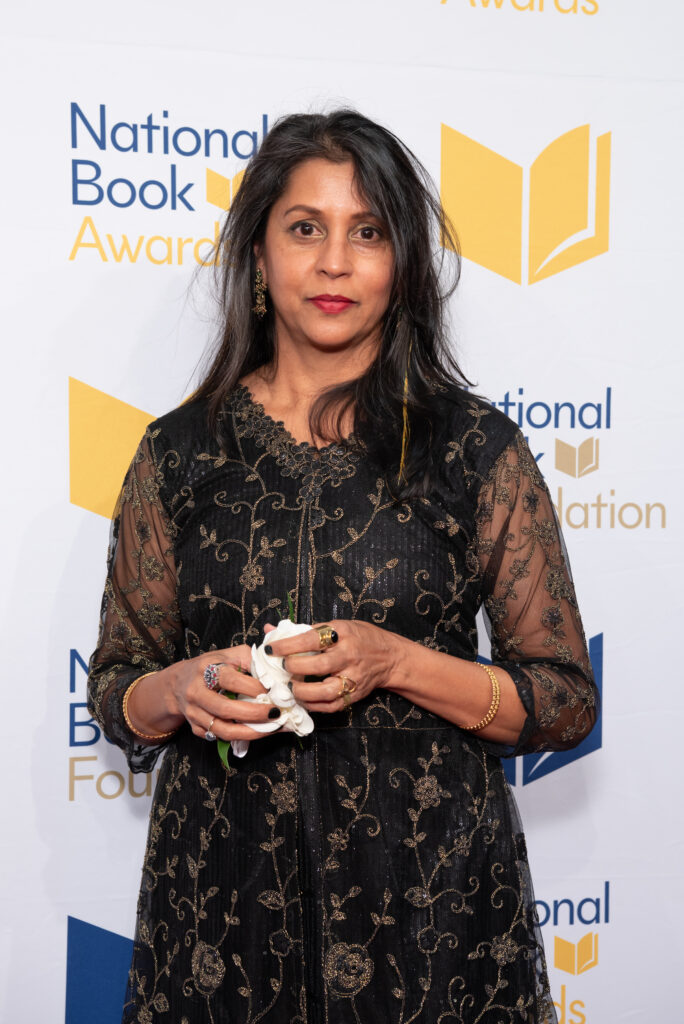

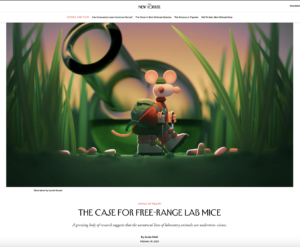
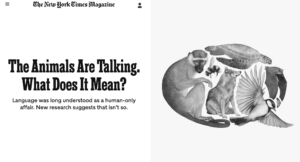
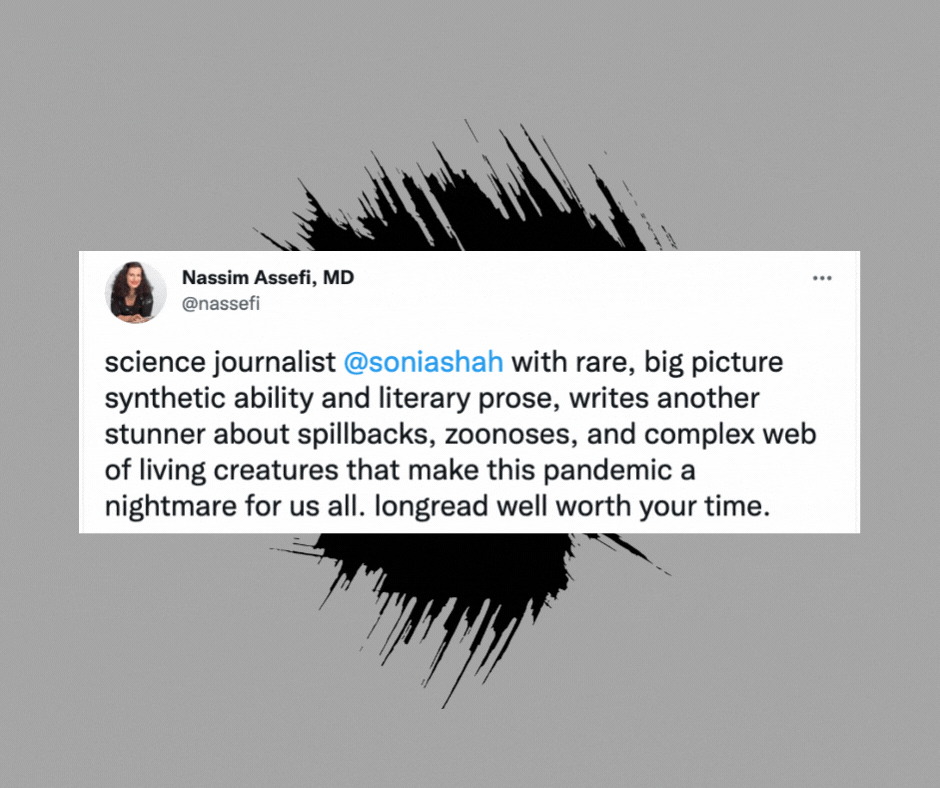
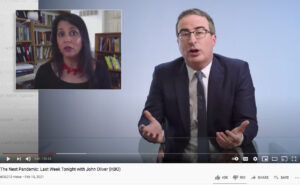
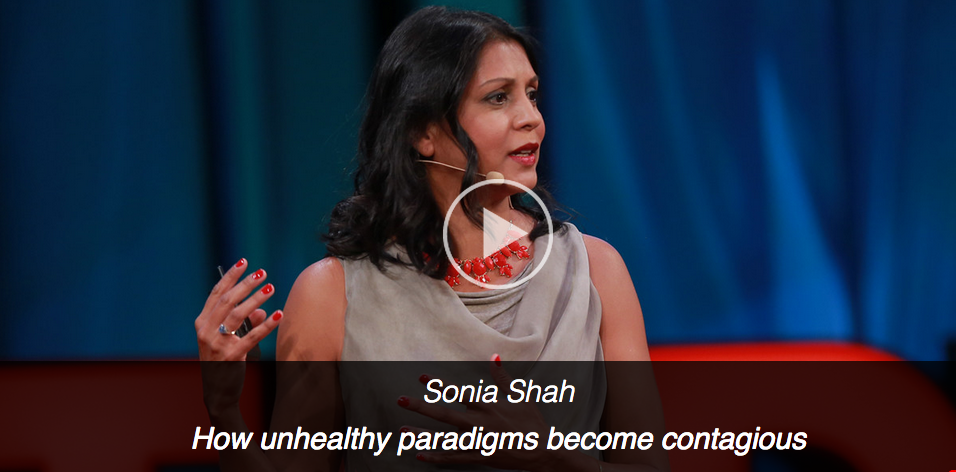
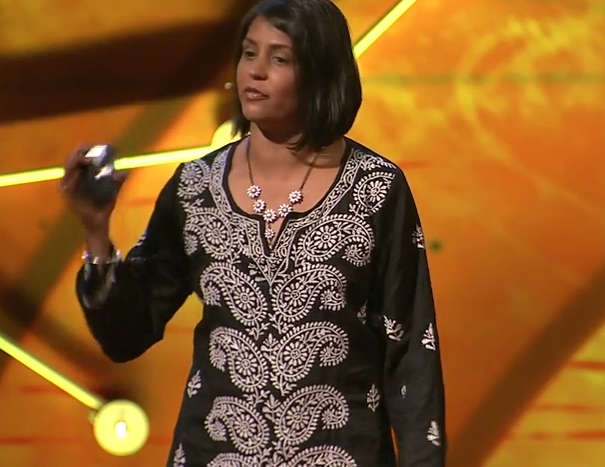




Leave a Reply